In the fields of label printing, logistics and warehousing, and industrial manufacturing, barcode ribbon is the core consumable for information identification, and its slitting accuracy and efficiency directly affect the production process. The traditional slitting method has problems such as low efficiency, high error rate and serious waste, while the intelligent barcode ribbon slitting machine is becoming a key tool for the industry to improve quality and efficiency through technological innovation and multi-functional integration. The following is an analysis of the core advantages, application scenarios and technical highlights:
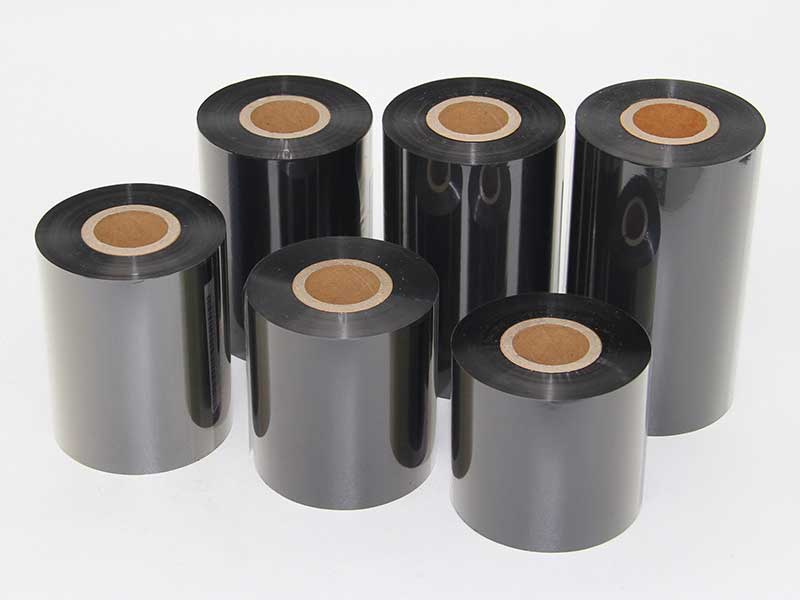
First, the core advantages of intelligent slitting machine
1. Multiply efficiency
◦ Using high-precision servo motor and AI algorithm, the slitting speed can reach 3-5 times that of traditional equipment (such as from 30 m/min to 150 m/min), and it supports automatic deviation correction to reduce downtime adjustment time.
◦ One-click batch setting: Preset a variety of specifications (such as 10mm/20mm/50mm, etc.) through the touch screen, and quickly switch to meet the needs of small batches and multiple varieties.
2. Zero-waste smart cutting
◦ Laser ranging + image recognition technology monitors the edge of the ribbon in real time, and the material utilization rate is more than 99%, especially when dealing with high-cost metal ribbons.
3. Versatile scalability
◦ In addition to standard slitting, automatic labeling, tension control, and quality inspection modules can be integrated to form a closed-loop production unit.
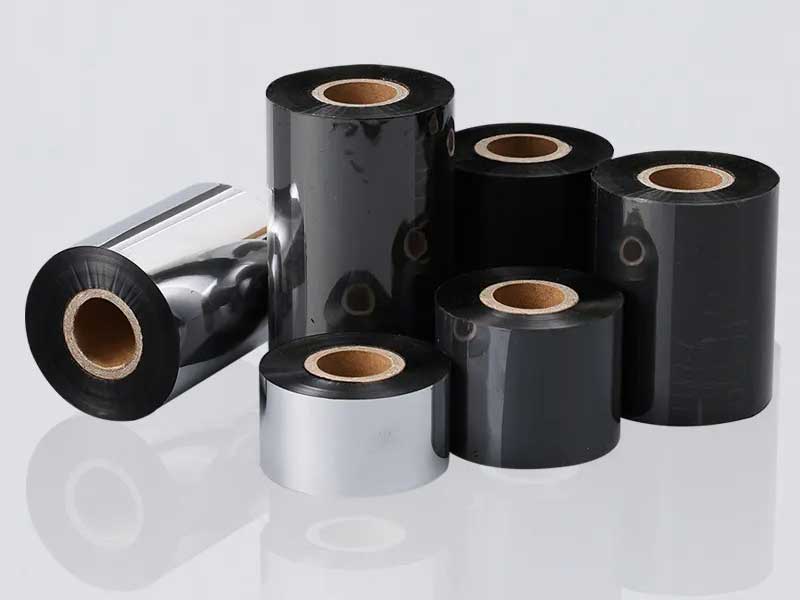
Second, typical application scenarios
1. Label printing industry
◦ Respond to short-run orders: 100 rolls of different widths (e.g. 5mm-100mm) can be slitted within 1 hour to meet the needs of personalized labels.
◦ Case: A daily chemical company shortens the delivery cycle from 3 days to 8 hours through an intelligent slitting machine.
2. Logistics and warehousing management
◦ When slitting RFID ribbons, accurately avoid the position of the chip to ensure that the RF performance is not damaged, and the error is controlled within ±0.1mm.
3. Industrial production lines
◦ The linkage robot realizes automatic roll change, which is suitable for the continuous production of traceability labels for auto parts, and the failure rate is reduced by 70%.
Third, technological breakthrough points
• AI Vision System: Deep learning identifies ribbon defects (e.g. uneven coating) and automatically marks and rejects defective segments.
• IoT integration: remote monitoring of equipment status, predictive maintenance (e.g. blade life reminders), and reduced unplanned downtime.
• Modular design: cold cut (anti-static) or hot cut (no burr) process can be selected, suitable for different materials such as PET and wax base.
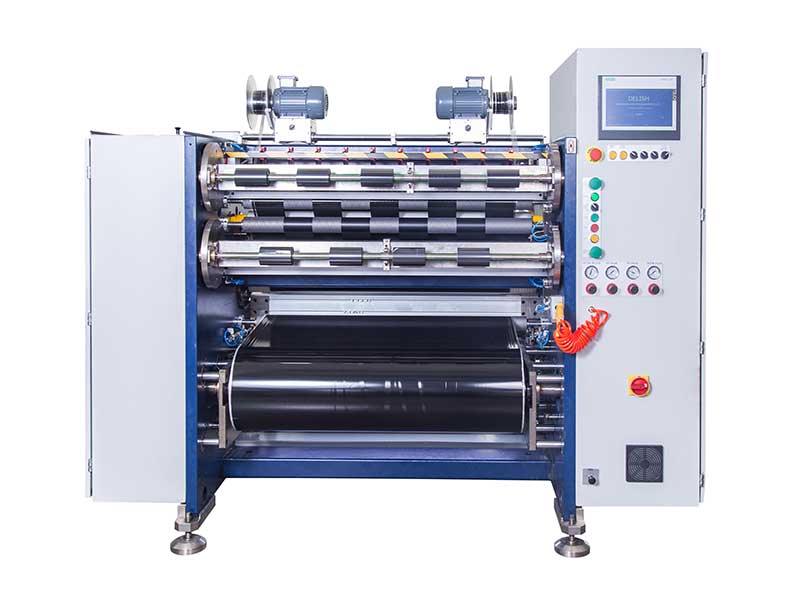
Fourth, the future trend of the industry
With the advancement of Industry 4.0, the slitting machine will develop in the direction of "cloud-edge collaboration":
• Cloud big data optimization and slitting scheme, real-time execution by edge computing terminals;
• Combined with digital twin technology, virtual commissioning shortens the equipment adaptation cycle.
epilogue
The intelligent slitting machine has been upgraded from a single tool to a key node in flexible production. Enterprises need to pay attention to the accuracy stability (such as ±0.05mm), extended interface compatibility and other indicators when introducing them, and at the same time realize the digitalization of the whole process in combination with the MES system, so as to maximize the potential of production capacity.
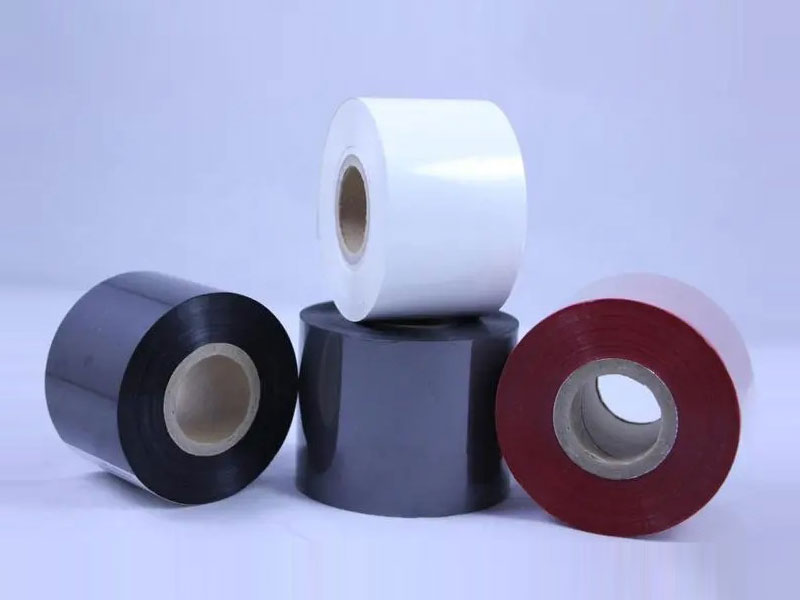
Modern high-precision ribbon slitting machines accurately solve all the above problems through automation, intelligence and precision manufacturing technology.
15. September, 2025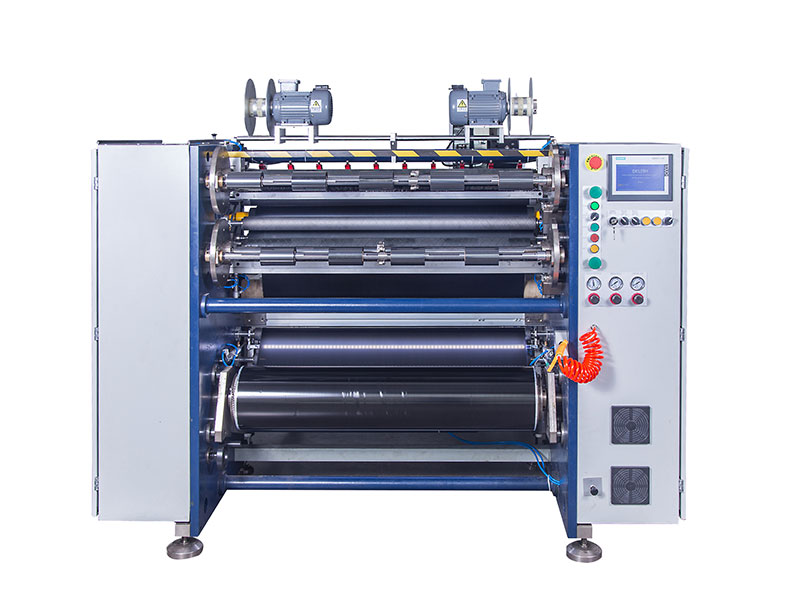
Leading the industry towards a profound practice with "cost reduction and efficiency increase" as the core.
05. September, 2025
Choosing ribbons with high slitting accuracy and good edge treatment can significantly improve printing efficiency and barcode reliability.
04. July, 2025
These improvements can reduce roll change downtime by 50-70% and significantly improve overall equipment effectiveness (OEE).
23. June, 2025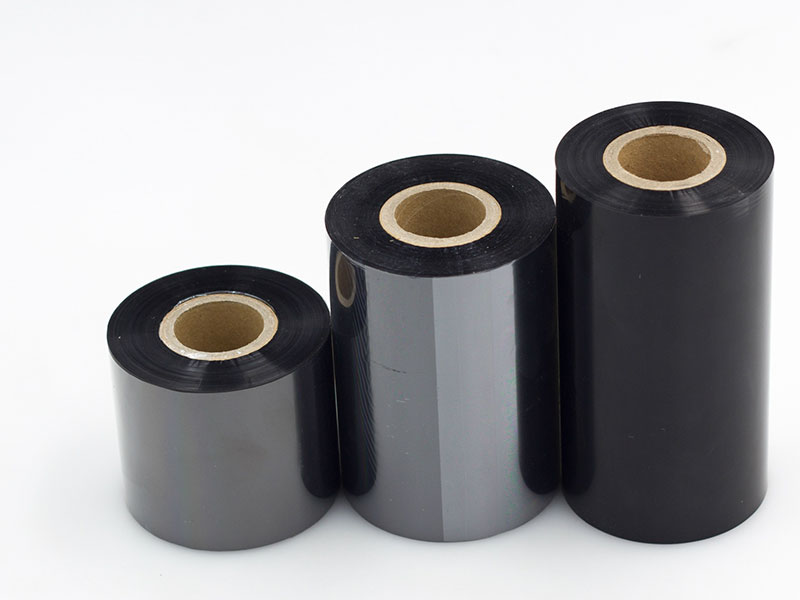
Barcode ribbon slitters help companies significantly reduce waste and save costs by accurately slitting and optimizing the use of materials
21. June, 2025